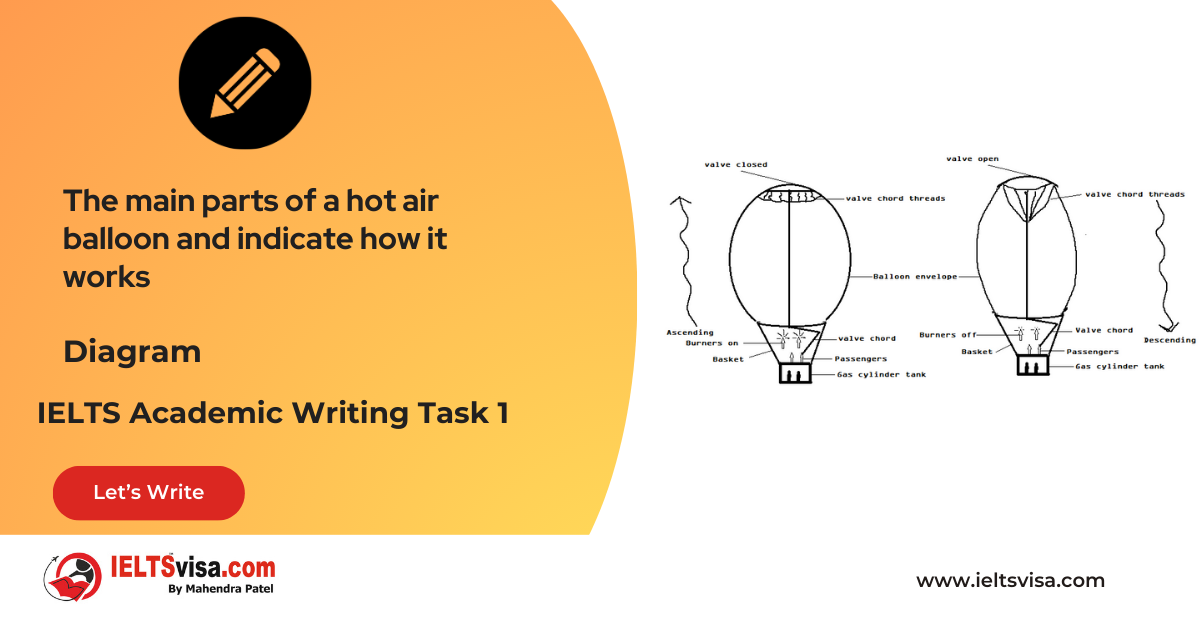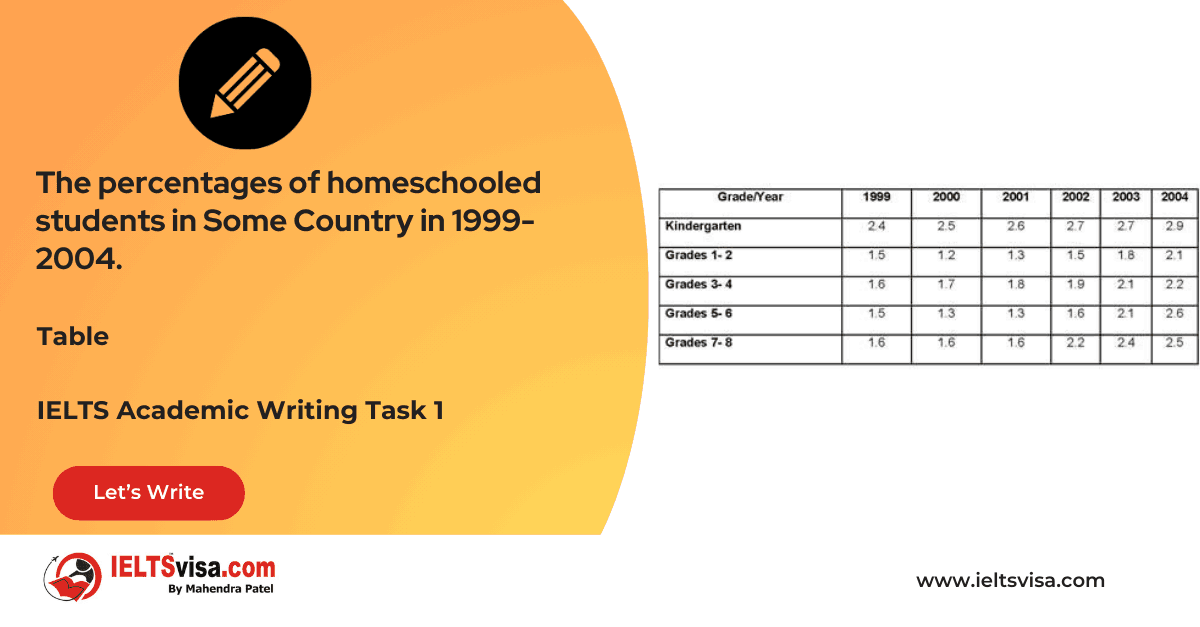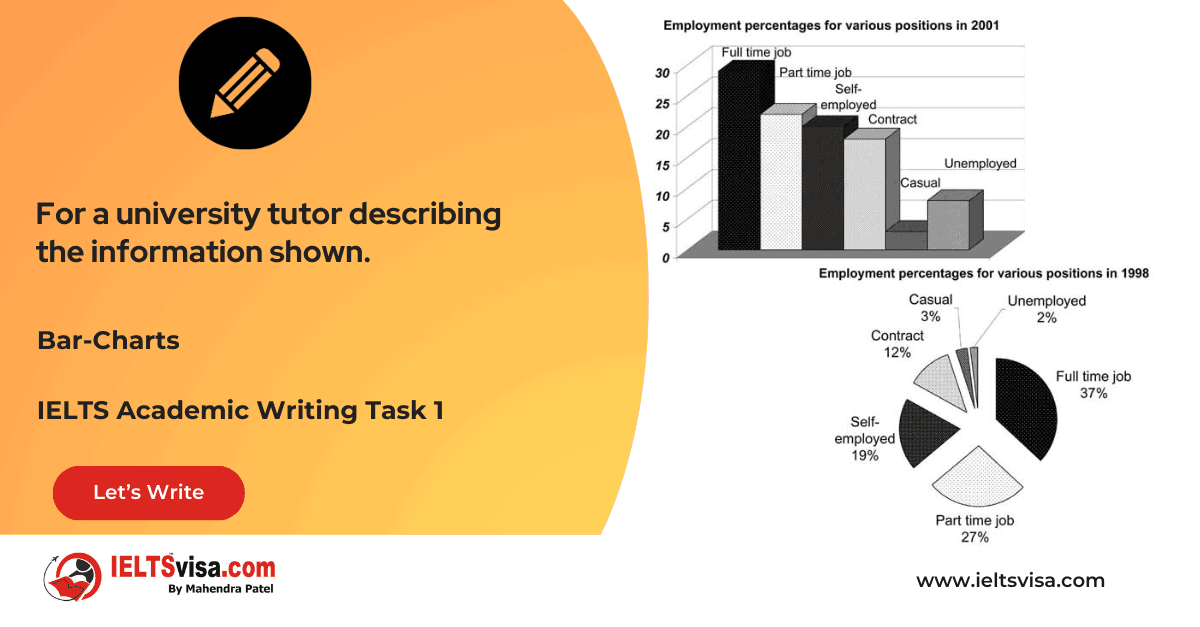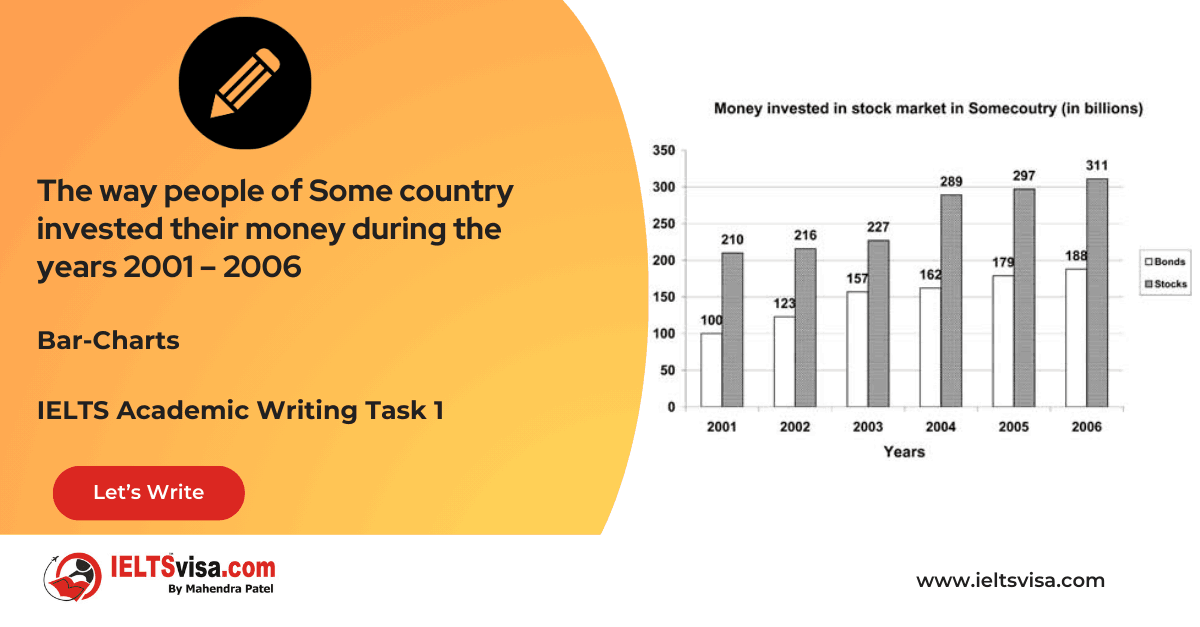Illustrate electronic gaming trends in South Korea in 2006. The first outlines gamer age groups and gender demographics
IELTS Academic Writing Task 1 - Bar Graph
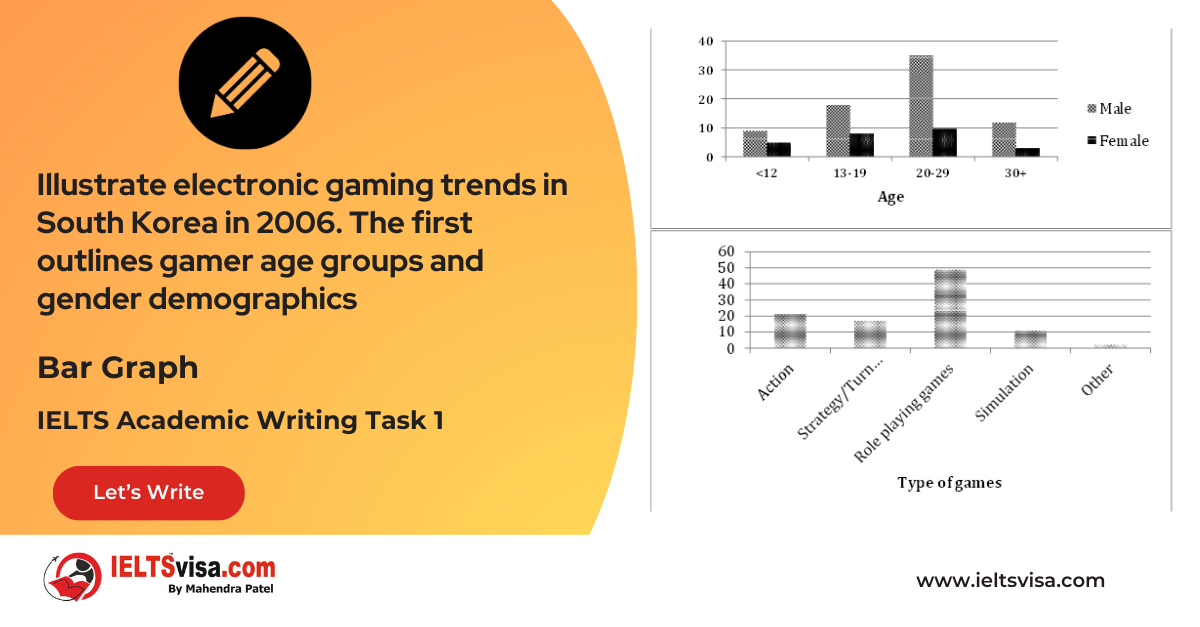
IELTS Writing Task 1 Question
The following graphs illustrate electronic gaming trends in South Korea in 2006. The first outlines gamer age groups and gender demographics. The second indicates game type preference. Summarise the information by selecting and reporting the main features and make comparisons where relevant
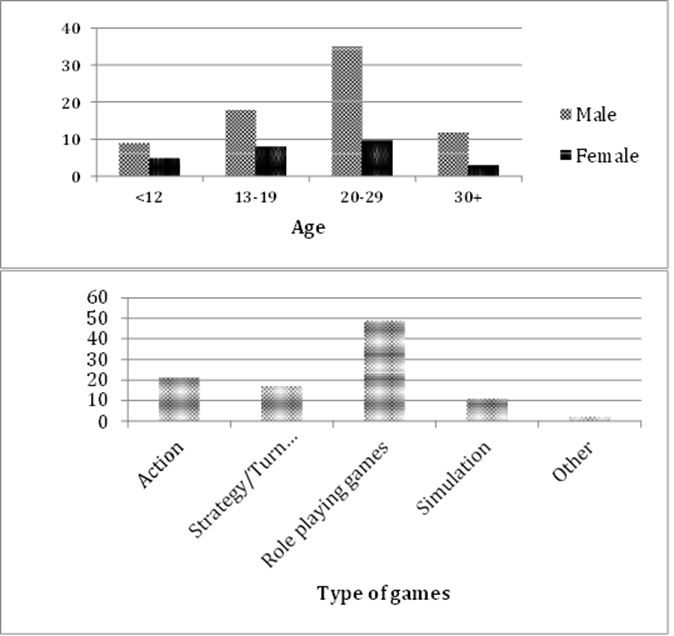
Common Questions for the Bar Graph
1. Graph Type: Bar Charts
2. Title: Electronic Gaming Trends in South Korea in 2006
3. What are the units of measurement?: Percentage of gamers by demographics and game type preferences
4. Who: South Korean gamers categorized by age, gender, and preferences
5. When: 2006
6. Where: South Korea
7. Topic: Trends in gamer demographics and game type preferences
Comparison Showing and Trends
Comparison 1: Gamer Demographics (Age and Gender)
- Details:
1. Males dominated all age groups in gaming.
2. The largest group of gamers was aged 20–29 (45%), followed by 13–19 years (26%).
3. Younger gamers (under 12) accounted for 14%, while gamers over 30 made up 15%.
Comparison 2 : Game Type Preferences
- Details:
- Role-playing games were the most popular (50%).
2. Simulation games were the least favoured (10%).
3. Strategy/turn-based and action games had similar levels of preference, at slightly above 20% and 17%, respectively.
Sample Answer
The bar charts present information on electronic gaming trends in South Korea in 2006, focusing on gamer demographics (age and gender) and game type preferences.
Overall, male dominance in gaming was evident across all age groups, with the highest participation from the 20–29 age bracket. Role-playing games were the clear favourite, while simulation games had limited appeal.
In terms of demographics, the most significant proportion of gamers were aged between 20 and 29, accounting for 45% of all players. Males in this group dominated (35%), while females made up only 10%. Teenagers aged 13–19 formed the second-largest category, comprising 26% of the gaming population. Younger gamers (under 12) and older gamers (above 30) were less prevalent, representing 14% and 15%, respectively.
Regarding game preferences, role-playing games were the most popular, with half of all gamers favouring this genre. By contrast, simulation games were least preferred, attracting just 10% of players. Strategy/turn-based and action games had moderate popularity, with 20% and 17% of players choosing these genres. Other game types outside these categories were even less popular.
Top 5 Vocabularies
| Vocabulary (type) | Type | Meaning | Synonyms | Examples |
| Demographics | Noun | Statistical data related to a population | Population statistics | The gaming demographics show male dominance. |
| Proportion | Noun | A part or portion of a whole | Percentage, Share | A significant proportion of gamers were aged 20–29. |
| Dominate | Verb | To have control or influence over | Lead, Prevail | Male gamers dominate across all age categories. |
| Prevalent | Adjective | Widespread or common | Predominant, Frequent | Teenagers were prevalent among younger gamers. |
| Genre | Noun | A category or type | Category, Style | Role-playing games were the most favoured genre. |
| Trends | Noun | General direction in which something is developing | Patterns, tendencies, directions | “The bar charts present information on electronic gaming trends.” |
| Evident | Adjective | Clearly seen or understood | Obvious, apparent, noticeable | “Male dominance in gaming was evident across all age groups.” |
| Participation | Noun | The action of taking part in something | Involvement, engagement, attendance | “Participation from the 20–29 age bracket was the highest.” |
| Focus |
Verb
|
To concentrate attention on something | Emphasize, target, highlight | “The report focuses on gamer demographics.” |
| Significant | Adjective | Sufficiently great or important to be worthy of attention | Major, substantial, notable | “The most significant proportion of gamers were aged 20–29.” |
| Account | Verb | To make up or form a part of a total | Constitute, comprise, represent | “This group accounted for 45% of all players.” |
| Dominance | Noun | Power or influence over others | Superiority, control, authority | “Male dominance was evident in all age groups.” |
| Prevalence | Noun | The condition of being widespread or common | Frequency, pervasiveness, occurrence | “The prevalence of younger gamers was notable.” |
| Appeal | Noun | Attractiveness or interest | Charm, allure, desirability | “Simulation games had limited appeal among players.” |
| Attract | Verb | To draw or pull something toward oneself | Captivate, entice, lure | “Action games attracted 17% of players.” |
| Comprise | Verb | To consist of or include | Consist, include, contain | “Teenagers comprised 26% of the gaming population.” |
| Moderate | Adjective | Average in degree, amount, or quality | Reasonable, middling, balanced | “Strategy games had moderate popularity.” |
| Less Popular | Adjective | Not as widely favored or chosen | Less favored, less preferred | “Other game types were even less popular.” |
| Younger | Adjective | Referring to individuals with less age | Juvenile, youthful, adolescent | “Younger gamers accounted for 14% of the total.” |
| Represent | Verb | To stand for or symbolize | Constitute, embody, portray | “Older gamers represented 15% of the total.” |
| Decline | Noun | A decrease or reduction | Drop, reduction, downturn | “Simulation games saw a decline in popularity.” |
| Favour | Verb | To prefer or support | Prefer, choose, back | “Half of all players favoured role-playing games.” |
| Category | Noun | A group of things sharing a common characteristic | Class, group, division | “Gamers are divided into different categories by age.” |
| Outside | Preposition | Beyond the scope or limits of something | Beyond, external, exterior | “Other games outside these genres were less popular.” |
| Comparison | Noun | The act of comparing two or more things | Contrast, juxtaposition, evaluation | “The comparison shows a preference for role-playing games.” |
| Range | Noun | The extent or scope of something | Spectrum, scope, variety | “Gamers displayed a wide range of interests in genres.” |
| Percentage | Noun | A proportion per hundred | Fraction, share, proportion | “35% of male players came from the 20–29 age group.” |
| Population | Noun | A specific group of individuals in a context | Community, group, demographic | “The gaming population was dominated by young adults.” |
| Highlight | Verb | To emphasize or draw attention to | Emphasize, underline, spotlight | “The data highlights the dominance of males in gaming.” |

Our Books
Master IELTS Speaking Part 1
IELTS Writing Task 1 Book
IELTS Writing Task 2 Book
Writing Task 1 Question Types
Practice IELTS Other Modules
IELTS Listening
The IELTS Listening test assesses how well you can understand spoken English in various contexts. It lasts about 30 minutes and is divided into four sections with a total of 40 questions. The listening tasks become increasingly difficult as the test progresses.
IELTS Academic Reading
The IELTS Academic Reading section assesses your ability to understand and interpret a variety of texts in academic settings. It is designed to evaluate a range of reading skills, including skimming for gist, reading for main ideas, reading for detail, understanding inferences, and recognizing a writer's opinions and arguments.
IELTS Speaking
The IELTS Speaking test assesses your ability to communicate in English on everyday topics. It lasts 11-14 minutes and consists of three parts: introduction, cue card, and a discussion based on the cue card topic.
IELTS General Reading
IELTS General Reading tests your ability to understand and interpret various types of texts. Here are some key areas and types of content you can expect to encounter in the reading section, along with tips for effective preparation.
IELTS Academic Writing Task 1
In IELTS Academic Writing Task 1, you are presented with a visual representation of information, such as graphs, charts, tables, or diagrams, and you are required to summarize, compare, or explain the data in your own words.
IELTS General Writing Task 1
In IELTS General Writing Task 1, you are required to write a letter based on a given situation. The letter can be formal, semi-formal, or informal, depending on the prompt. Here’s a breakdown of the key components to include in your letter
IELTS Academic Writing Task 2
In IELTS Academic Writing Task 2, you are required to write an essay in response to a question or topic. Here’s a guide to help you understand the essential elements of this task
IELTS Exam Tips
To succeed in the IELTS exam, practice regularly, familiarize yourself with the test format, improve your vocabulary, develop time management skills, and take mock tests to build confidence.
Grammer for IELTS
Grammar is the foundation of effective communication in English. Understanding tense usage, subject-verb agreement, and sentence structure enhances clarity and coherence in writing and speaking.
Vocabulary for IELTS
Vocabulary plays a crucial role in the IELTS (International English Language Testing System) exam, especially in the Speaking and Writing sections. Here’s an overview of why vocabulary is important and how it impacts your performance
RECENT IELTS SAMPLES QUESTIONS AND ANSWERS
Task 1 – Diagram – A conference hall built in 1981 and planned for 2020
20:00 Start Pause Stop [df_adh_heading title_infix="IELTS Writing Task 1 Question" use_divider="on"...
Task 1 – Table – The percentages of homeschooled students in Some Country in 1999-2004.
20:00 Start Pause Stop [df_adh_heading title_infix="IELTS Writing Task 1 Question" use_divider="on"...
Task 1 – Table – For a university tutor describing the information shown.
20:00 Start Pause Stop [df_adh_heading title_infix="IELTS Writing Task 1 Question" use_divider="on"...
Task 1 – Bar-Charts – The way people of Some country invested their money during the years 2001 – 2006
20:00 Start Pause Stop [df_adh_heading title_infix="IELTS Writing Task 1 Question" use_divider="on"...
Task 1 – Diagram – Rainwater Harvesting and Conversion to Drinking Water in an Australian Town.
20:00 Start Pause Stop [df_adh_heading title_infix="IELTS Writing Task 1 Question" use_divider="on"...
Task 1 – Column graph – Percentage of Young People Enrolled in Universities in 2000 and 2007.
20:00 Start Pause Stop [df_adh_heading title_infix="IELTS Writing Task 1 Question" use_divider="on"...

